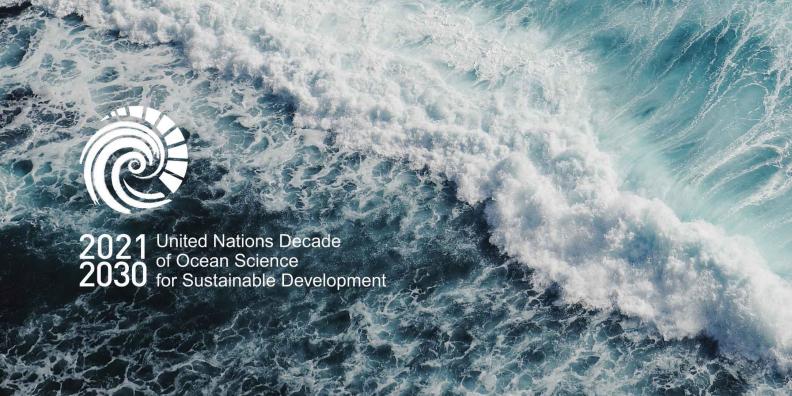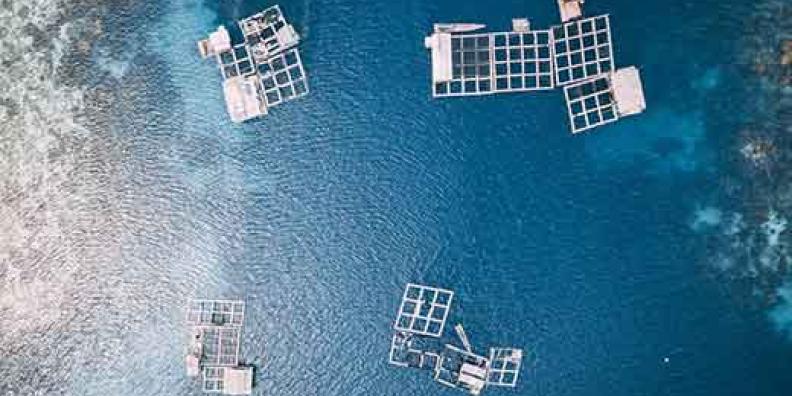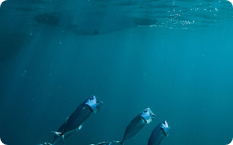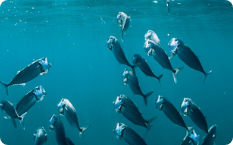EMBRC is a leading European distributed research infrastructure (also known as an ‘RI’) that explores marine biodiversity and ecosystems. RIs play a critical role in advancing scientific knowledge. But how do they do this and why are they so important?
To find out more, we spoke with Anne-Emmanuelle Kervella.
Anne-Emmanuelle is International Cooperation Officer at the CNRS (Centre National de la Recherche Scientifique), Institute for Ecology and Environment. She spent 20 years working on international cooperation in scientific research and gives an insight into why RIs are instrumental for the competitiveness of the European Union.
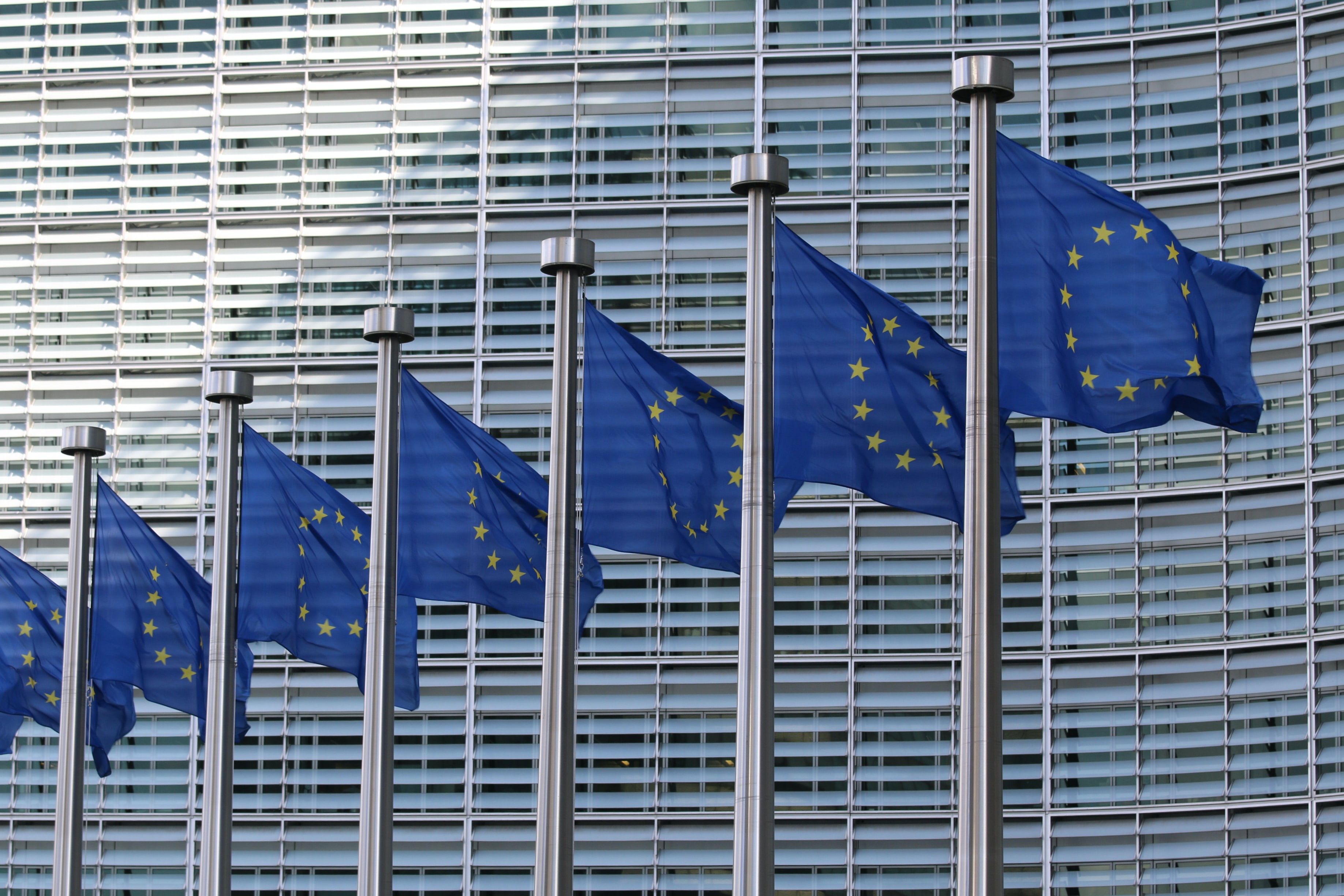
What is a research infrastructure?
Research infrastructures provide the facilities, equipment and services researchers need to produce scientific knowledge, explains Kervella.
This might include aquaria, biological resource centres, databases, digital or physical libraries, experimental platforms in marine biology and ecology or even vessels to collect data or samples at sea. “It’s everything a scientist needs to perform their work,” she says. Without facilitating access to these vital infrastructures, scientists would face huge barriers in performing their research and making important new discoveries.
Funding long-term progress
“The European Commission describes research infrastructures as the backbone of science because they provide the stable operational support for the research being funded,” says Kervella. Scientific research is always evolving – there’s a current trend for significant funding into artificial intelligence and data research – but the organisations providing the required facilities and services remain consistent and reliable.
This requires significant financial input, explains Kervella.
Research infrastructures are funded nationally but, since the launch of the European Strategic Forum for Research Infrastructures (ESFRI) 20 years ago, the EU has coordinated investments across each country. The ESFRI roadmap is a strategic plan that identifies European RIs that serve the European Research Area (ERA) and need coordination from funders. ESFRI research infrastructures are industry-like organisations that support scientific research across Europe. This ensures facilities have all the required elements for science to develop and thrive harmoniously and globally and prevents there being similar installations in different countries. The expected return on investment is long-term, she says: “When a country invests in these facilities, they want to ensure they are maintained and upgraded so they can remain in use for a long time.
"Research facilities that will be sustained for a very long time have high-level political support”, she adds.
By earmaking these key facilities needed for long-term scientific success, the funding facilitated by the ESFRI programming allows Europe’s research capabilities to remain globally competitive.
EMBRC’s unique role in the European RI portfolio
EMBRC has been part of ESFRI’s portfolio of RIs since 2008, which has around 41 operational research infrastructures – 26 of which, including EMBRC, are operating under the legal status of a European Research Infrastructure Consortium (ERIC) - and 22 projects in development. Within this family, EMBRC is the only one focused on analysing biodiversity in coastal marine ecosystems. While some research infrastructures are located far from the environment they’re studying, EMBRC sites are “right by the sea,” says Kervella. “They’re operating next to a marine botanical garden”. This access has allowed researchers to learn more about the importance of biodiversity within marine ecosystems and how sea species interact.
“By fostering and upgrading its network of facilities, EMBRC is pushing the importance of marine ecosystem biodiversity and biological data,” she adds. As such, the organisation is a unique part of the network of European RIs, Kervella explains.
Collaboration across RIs is key: by sharing their methods and findings with each other through an Open Science approach, teams learn from each other and accelerate scientific progress globally.
International political support
EMBRC’s ERIC status means it is regularly assessed by the European Commission and has high-level political governance that facilitates long-term sustainability. This label also helps the network increase its visibility and attract the best engineers, technicians and managers to support its work.
This strong political support and international visibility comes with lots of responsibility – because “you need to prove the investment was the right one” says Kervella – but, ultimately, it allows the creation of scientific data and results to thrive.
Supporting evidence-based decision-making
Knowing more about the biological make-up of our oceans is critical because data gathered by scientists across Europe can inform evidence-based decision-making. For example, by providing detailed data about ocean health and how ecosystems are changing in response to threats, research infrastructures can inform the creation and management of effective Marine Protected Areas. RIs also facilitate monitoring to determine the efficacy of international policies and ensure countries are meeting their commitments.
By understanding these ecosystems and how they respond to environmental and anthropogenic changes empowers policymakers to create the most effective strategies to conserve our marine resources in a sustainable way.
To know more, visit:
What is a research infrastructure?
EMBRC Annual Report 2022













